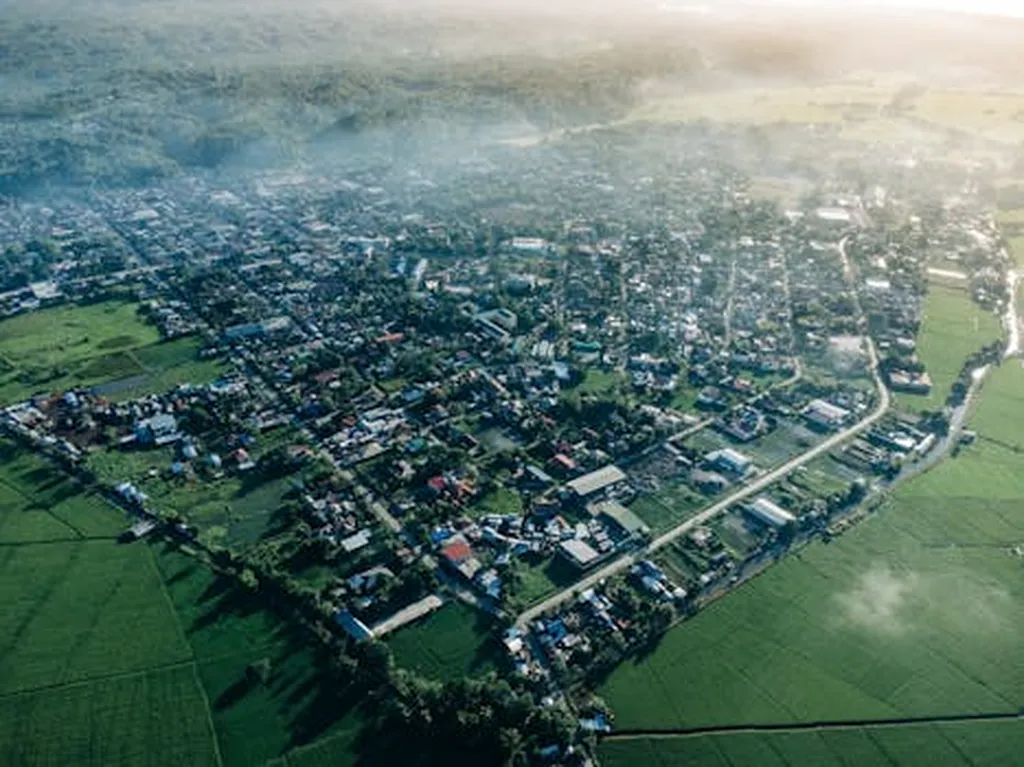In the bustling coastal city of Thoothukudi, India, a silent transformation has been unfolding over the past decade, one that promises to reshape the urban landscape and pose significant challenges for agriculture and sustainability. A recent study published in *Discover Civil Engineering* has quantified these changes, offering a stark look at the city’s rapid urban expansion and its ecological implications.
Using advanced remote sensing and Geographic Information System (GIS) techniques, researchers led by C. Antony Zacharias Grace from the PG and Research Department of Physics at V.O. Chidambaram College have mapped the spatiotemporal Land Use and Land Cover (LULC) changes in Thoothukudi from 2010 to 2024. The study employed Landsat satellite images, integrating entropy and regression analyses to link LULC transitions with industrial expansion, revealing accelerated urban sprawl and ecological stress.
The findings are striking. Built-up areas have expanded by a staggering 283.5%, from 15.34 km² to 58.81 km², while shrubland has declined by 95.7%, and water bodies have decreased by 21.3%. “The rapid urbanization is primarily driven by large-scale industrial expansion,” Grace noted, highlighting the significant shift in the city’s landscape.
The study’s novelty lies in its use of Shannon’s entropy to measure landscape heterogeneity. The entropy peaked at 2.46 in 2015, indicating maximum landscape diversity, but declined to 2.11 by 2024, reflecting increasing homogeneity. “This decline in entropy suggests a loss of ecological diversity, which can have profound implications for the city’s sustainability,” Grace explained.
For the agriculture sector, these changes present both challenges and opportunities. The expansion of built-up areas and the decline in shrubland and water bodies can disrupt agricultural practices, potentially leading to soil degradation and water scarcity. However, the study also reveals a positive trend in cultivated land, which increased by 3.98 km² annually, indicating a potential for agricultural growth in certain areas.
The study’s findings underscore the need for sustainable urban planning to mitigate future socio-environmental challenges. “Urban planners and policymakers must consider these trends when developing strategies for sustainable growth,” Grace emphasized. “The integration of advanced geospatial techniques and statistical methods can provide valuable insights for informed decision-making.”
As Thoothukudi continues to grow, the lessons from this study could shape future developments in urban sustainability and coastal city management. By understanding the dynamics of LULC changes, stakeholders can work towards balancing urban expansion with ecological preservation, ensuring a sustainable future for the city and its agricultural sector. The research, published in *Discover Civil Engineering* and led by C. Antony Zacharias Grace from V.O. Chidambaram College, offers a crucial step in this direction, providing a comprehensive analysis of the city’s transformation and its implications for the future.

